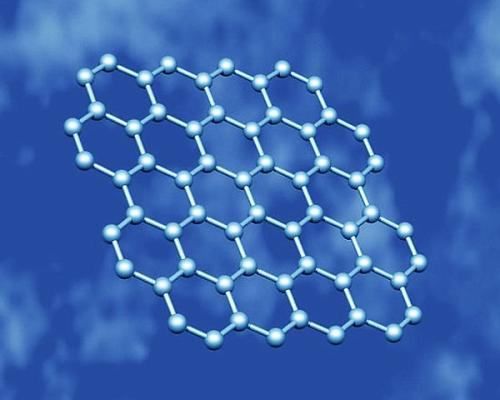New method for detecting phase change materials in two-dimensional materials

Phase change plays an important role in materials. However, in two-dimensional materials, the most famous of which is graphene, the study of phase transition may be very difficult. Researchers from Delft University of technology and the University of Valencia have developed a new approach to help solve this problem. They suspended the ultrathin layer of the two-dimensional material in the cavity and used the laser to track the resonance frequency of the membrane. Their research results are published in the journal Nature communications.
Since the discovery of the special electrical and mechanical properties of graphene, graphene has aroused extensive research interest in the scientific community. Recently, with the discovery of unique magnetic and electronic phases in these layers, including superconductivity, charge density wave, 2-D ising antiferromagnetic phase and ferromagnetic equivalence, new functions and phenomena are emerging. Phase change plays an important role in materials: for example, water is a liquid at room temperature and solidifies below zero ℃, forming materials with completely different properties.
In larger samples, there are several techniques to measure these phase transitions, for example, by measuring specific heat, we can show a sudden change in the phase transition. However, there are only a few ways to study these transitions in atomic thickness samples with a mass less than 1 picg. This is particularly challenging for ultrathin insulating antiferromagnets that are only weakly coupled to magnetic and electron probes.
Researchers at Delft University of technology have now shown that these phases can be studied by observing the resonant motion of the membranes made of these two-dimensional materials. These films can be formed by suspending an ultra-thin crystal in the cavity of the matrix, thus forming a nano scale drum. ***
When researchers cooled feps3, nips3, and mnps3 membranes, they observed a sudden change in their resonant frequencies. Interestingly, this change coincides with the temperature of the spin antiferromagnetic order of these materials. The correlation between the change of resonance frequency and the magnetic sequence at the phase transition temperature is due to the sudden expansion of the magnetic sequence as it increases, which is similar to the phase transition from liquid to gas. This expansion causes the mechanical stress in the membrane to decrease, resulting in a reduction in the resonant frequency, just like that of a guitar string.
By observing the order of charge density waves in tas2, the researchers proved that this new measurement concept can be applied to various film systems with different phase transitions, such as two-dimensional ferrimagnet, thin two-dimensional composite oxide sheet and organic antiferromagnetic.









